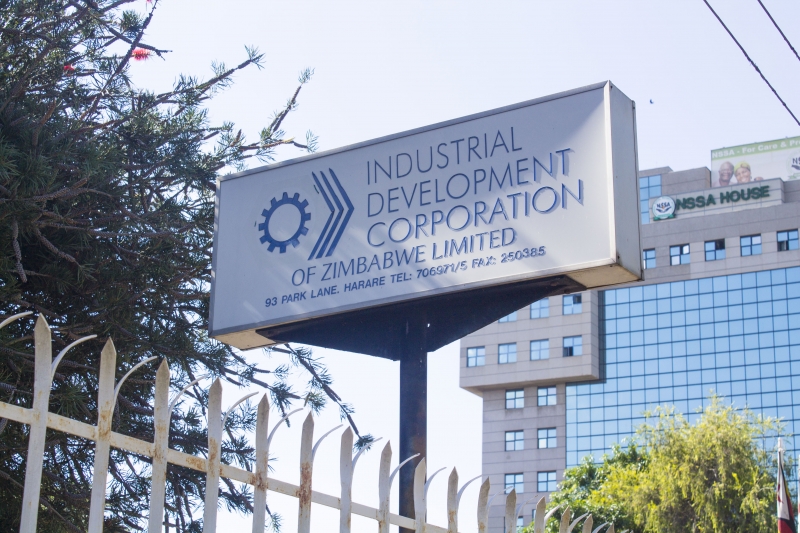REF completes 23 mini-grid solar projects
THE Rural Electrification Fund (REF) is fast embracing renewable solar energy by embarking on transformative off-grid mini-solar projects in rural communities aiming to power all rural areas by 2030 and also alleviate pressure on the national grid.The National Development Strategy 1 (NDS1), spanning from 2021 to 2025, places significant emphasis on reliable and affordable energy access.
The priority aligns with the Government’s vision and responds to substantial investments in critical sectors like mining, agriculture, tourism, and manufacturing.The two-pronged solar project is strategically aimed at enhancing energy access in rural areas specifically targeting public institutions such as schools, rural health centres, Government offices and community infrastructure.
By electrifying these essential facilities, the REF contributes to rural development and reduces pressure on the national grid
In a recent interview with Business Chronicle, REF public relations and marketing executive Mr Johannes Nyamayedenga, said that so far this year, the agency has completed 23 out of 25 planned mini-grid solar projects at the institutional level.
“Our mandate spells that by 2030 all households and public institutions in the country must have access to one form of energy. We have been placing more emphasis on conventional grid electricity. We have realised that by that, we won’t be able to achieve our mandate. Therefore we have embraced renewable energy technologies. We are seriously into solar energy.
“Last year when we were crafting the 2024 budget, we looked at solar projects we want to undertake, therefore this year we have completed 23 of the planned 25 mini-grid solar projects at the institutional level. That includes schools, clinics and Government offices,” he said, noting that the two remaining projects will be completed soon.The mini-grid solar projects range from five kilowatts to 220 kilowatts.
“We are trying to minimise pressure on the national electricity grid by coming up with stand-alone mini solar grids to supply enough electricity to various communities,” he said.Turning to community projects, a total of 10 projects are targeted and are spread across the country.Already three have been completed, he said.
“In Tsholotsho we have a 60kW Bemba project which supplies electricity to about 45 households, a clinic, a secondary school, a horticultural project and a business centre,” he said.Some of the community projects that have been completed include the Hakwata project in Chipinge District, where a 220kW solar photovoltaic system has been installed and completed.
He noted that at Hakwata business centre solar-powered street lights have been installed. Beitbridge has the 120kW Chitulipasi Community mini-grid.Mr Nyamayedenga noted that to guard against vandalism, there is a massive buy-in from communities to safeguard the infrastructure.
He said the projects dovetails with President Mnangagwa’s agenda of leaving no one and no place behind.The programme is being implemented by the Rural Electrification Fund, formed by the Government in 2002, and has electrified 10 000 public institutions such as schools and clinics since then.
Mr Nyamayedenga said other projects that are in the pipeline include solar home systems and biogas digester programme which has a massive buy-in from mission boarding schools.
He said that the biogas digester project is expected to significantly reduce cutting down of trees for energy. A biogas digester is used to produce low pressure methane gas energy by decomposing cow dung and bio-degradable waste material.The raw gas is different from the Liquefied Petroleum (LP) gas that most consumers are used to, but can be used for domestic use such as cooking.
Zimbabwe boasts a suite of energy policies, including the National Energy Policy of 2012, the National Renewable Energy Policy of 2019, Biofuels Policy of Zimbabwe of 2019, and drafts for both National Energy Efficiency and Electric Vehicle Policies.These policies have catalysed investment inflows into the renewable sector.-chronicle










